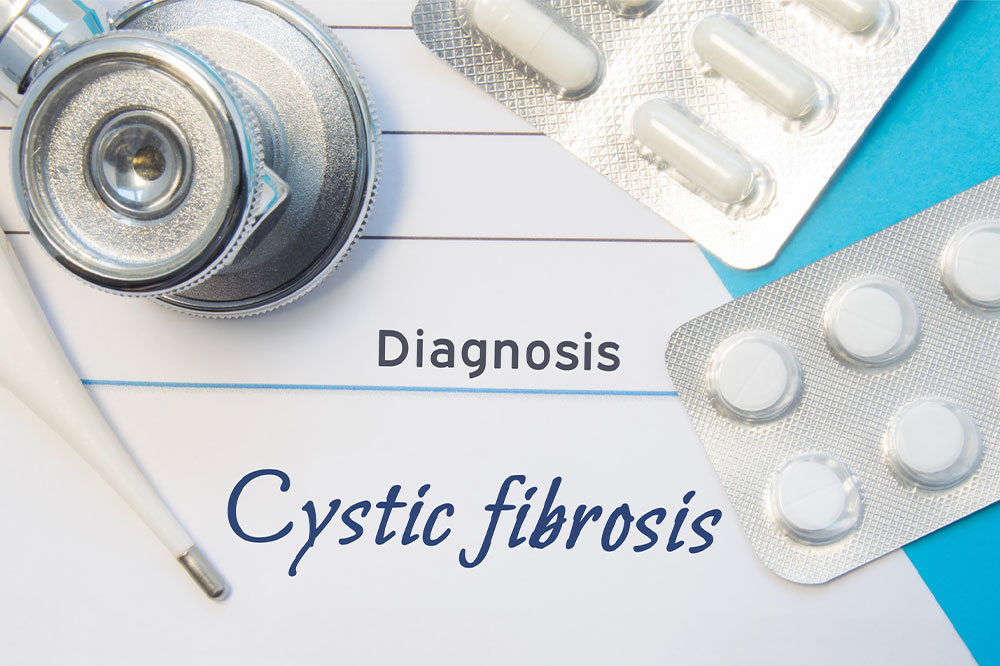Comprehensive Guide to Bladder Cancer Diagnosis and Treatment Strategies
This comprehensive overview explores bladder cancer, focusing on diagnosis, grading, and various treatment options. Emphasizing early detection and personalized care, it highlights surgical, medical, targeted, and immunotherapy approaches, alongside lifestyle and complementary therapies suited for different stages and grades of the disease.

Comprehensive Guide to Bladder Cancer Diagnosis and Treatment Strategies
Bladder cancer originates from the inner lining cells of the bladder, with treatment choices heavily dependent on how advanced the tumor is at first detection. Doctors assess whether the cancer has invaded deeper bladder layers or spread beyond, considering tumor size, growth rate, and patient health. Recognizing symptoms like blood in urine and painful urination helps in diagnosis and prognosis, guiding the treatment plan.
Cancer grading plays a crucial role: Tumor cells are classified based on their resemblance to normal cells, influencing treatment decisions. Tissue biopsies are analyzed microscopically to assign a grade:
Grade 1: Cells look similar to normal, grow slowly, and are well-differentiated.
Grade 2: Cells show less similarity, are moderately differentiated, and have a higher chance of recurrence or invasion into muscle tissue.
Grade 3: Cells appear abnormal, poorly differentiated, and tend to grow rapidly and spread more aggressively. These high-grade tumors have a higher risk of recurrence.
Low-grade tumors tend to grow slowly with minimal spread risk, while high-grade ones are more aggressive, often necessitating additional treatments post-surgery to reduce recurrence chances. Treatment options vary based on gender and disease severity, sometimes requiring surgical removal of nearby lymph nodes or organs such as the prostate, uterus, or ovaries in advanced stages.
The main treatment approaches include:
Surgical Procedures: Removing cancerous tissue, partial bladder removal, or reconstructive surgery for urinary diversion.
Medications: Oral drugs or infusions designed to target and eliminate cancer cells.
Targeted Therapy: Treatments aimed at specific genetic markers or proteins promoting tumor growth, often guided by genomic testing.
Chemotherapy: Using drugs to inhibit cancer cell growth and division over several cycles.
Immunotherapy: Boosting the immune system’s ability to recognize and attack cancer cells locally or systemically.
Complementary Options: Alternative therapies like acupuncture, massage, vitamins, and herbs may help manage symptoms but should complement clinical treatments, not replace them.
High-grade bladder cancers often require combined therapies, including surgery and immunotherapy, with chemotherapy used for fast-spreading or recurrent cases. Early detection and prompt reporting of symptoms are critical for effective treatment planning.
Note:
Our blog provides helpful insights backed by research across various health topics. However, information should not replace professional medical advice. We disclaim responsibility for discrepancies or updates in data. Always consult healthcare providers for personalized diagnosis and treatment options.










